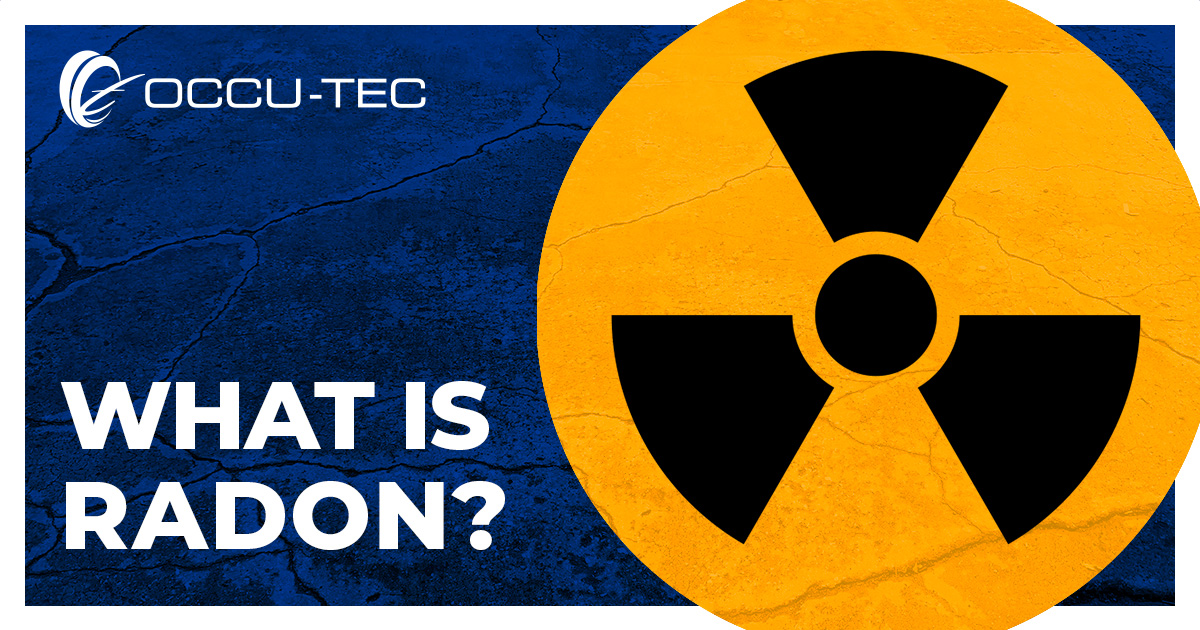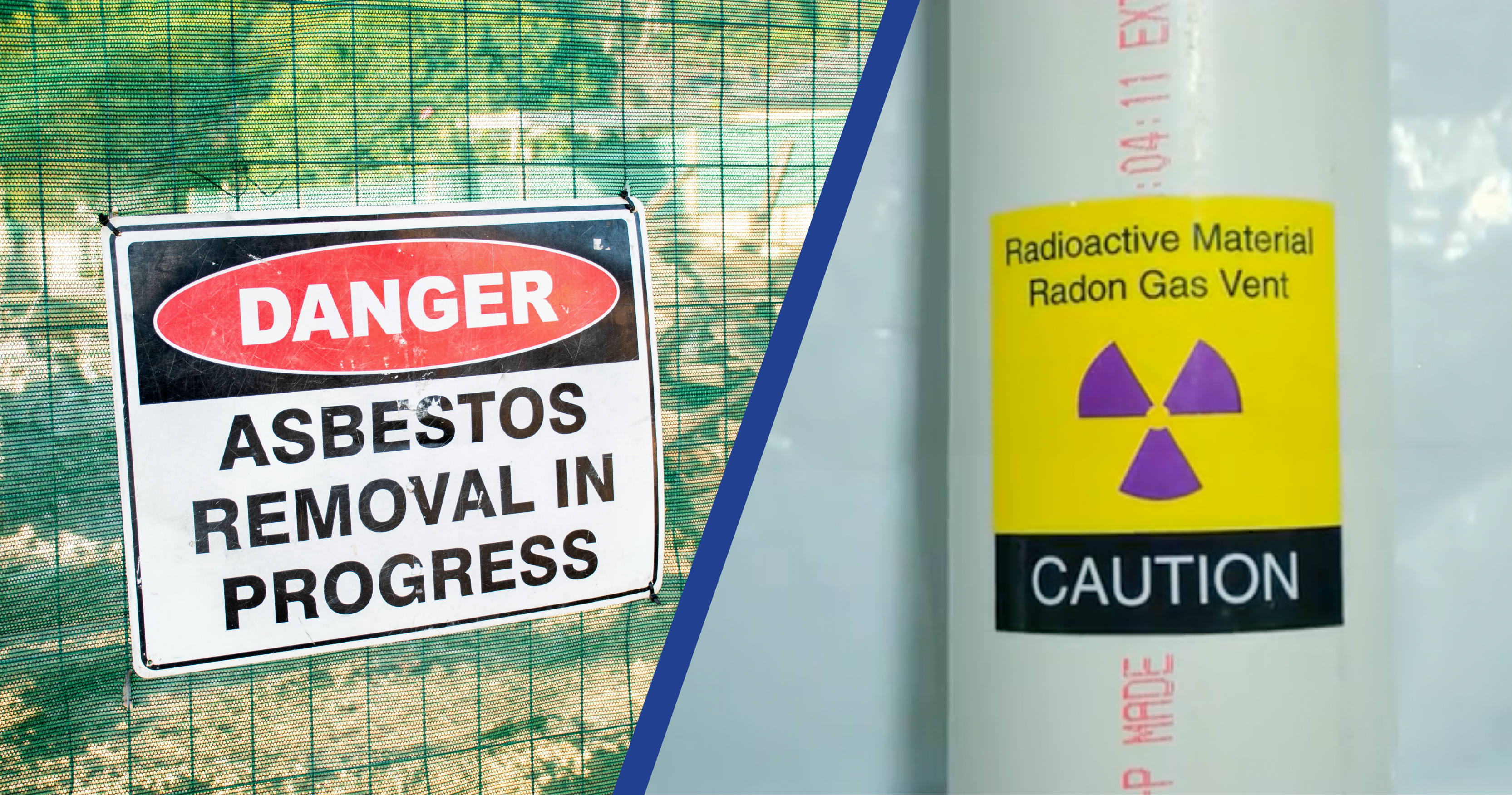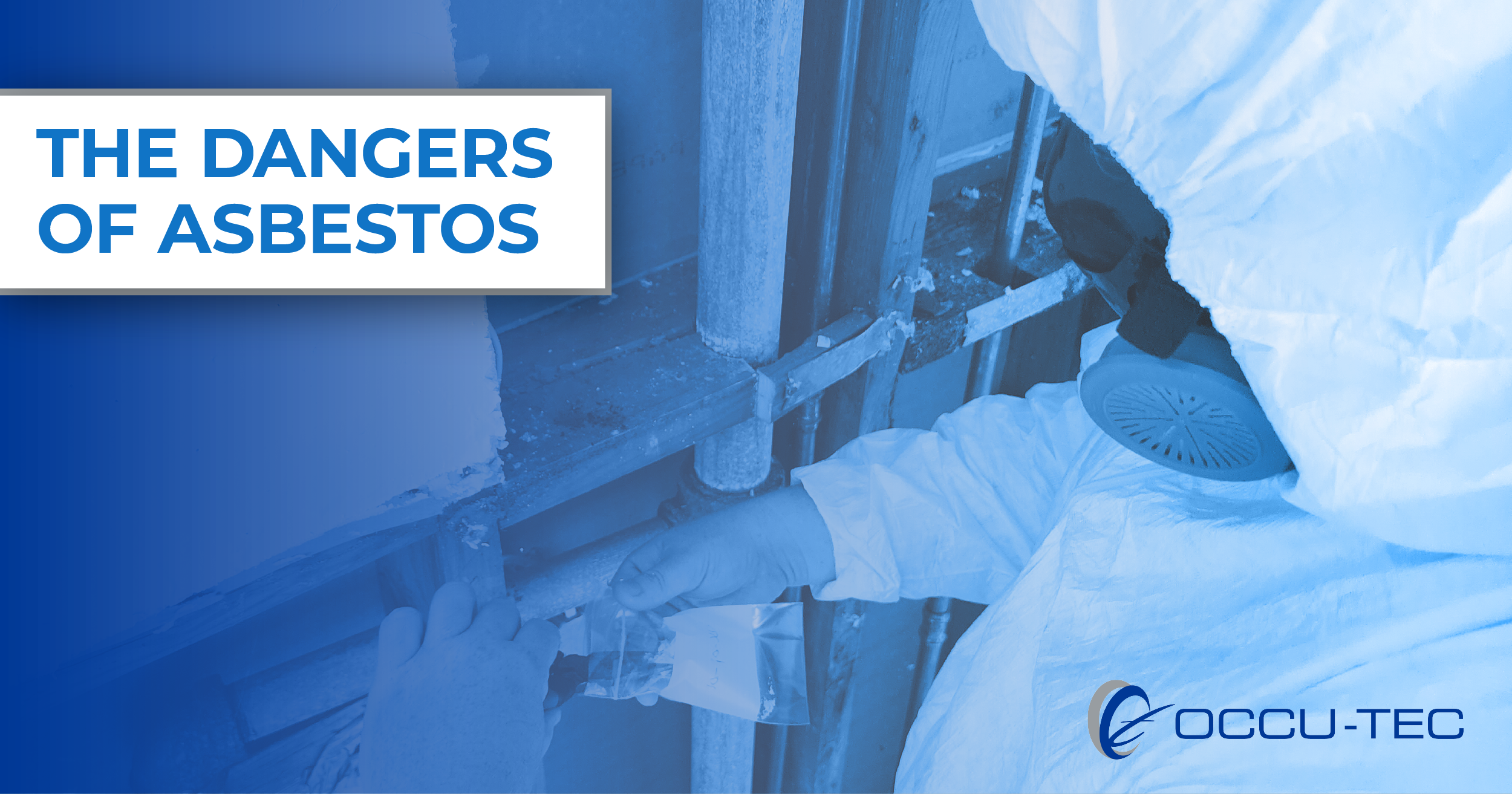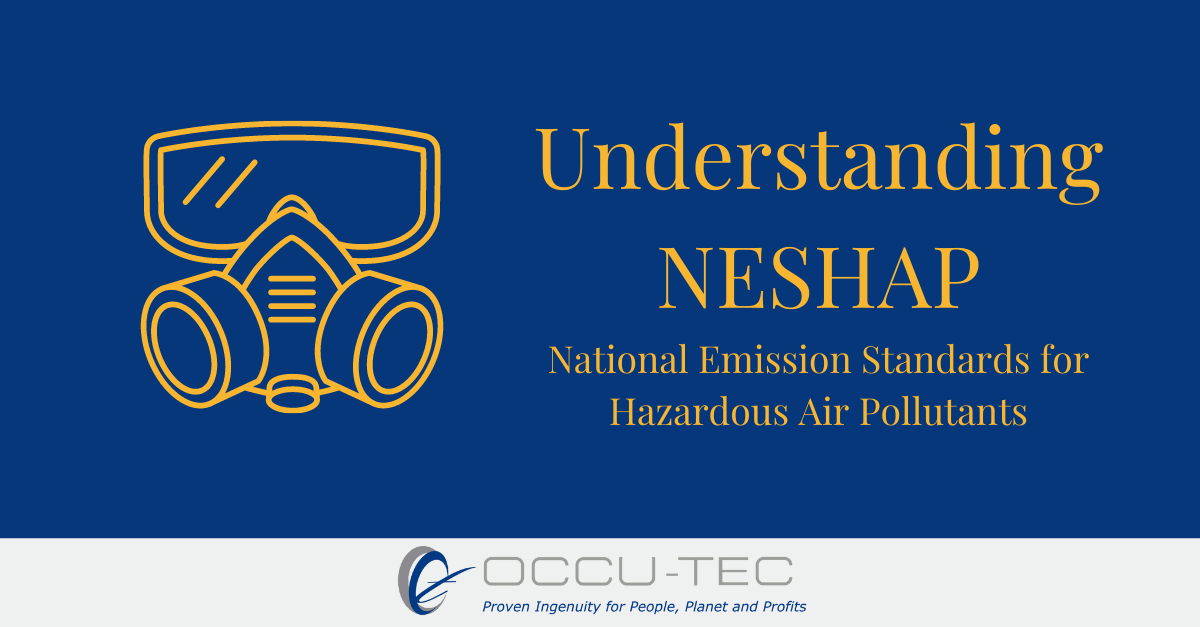
What is radon gas and how is it created?
Radon is a naturally occurring, odorless, colorless radioactive gas created by the breakdown of uranium in soil, rock and water.
When was radon discovered?
According to the Virginia Department of Health, radon gas was first discovered in 1900 by German physicist Friedrich Ernst Dorn during his studies of radioactive materials. Since then, it has been studied extensively and is now recognized as a major health hazard if not tested for and addressed promptly.
How does radon enter a building?
Radon can enter a building through cracks or holes in foundation walls, floors or service pipes and is commonly found in basements of homes and commercial buildings. Radon levels can vary from home to home and from location to location. This is why testing for radon levels in your home or workplace is so important — without proper testing, you may not know if your home is being exposed to dangerous levels of radon gas.
What is radon testing?
Radon testing is the only way to determine if your home or workplace is safe from radon exposure. A qualified professional can install a radon detector, which will measure the level of radon gas in your home or office. If levels are found to be above the EPA's recommended safety threshold, the professional will take steps to reduce the radon levels and make your home or office safe again. The EPA recommends considering corrective measures when radon levels are over 2pCi/L (picocuries per liter).
It is important to note that radon testing should be conducted on a regular basis, as radon levels can fluctuate over time. If you have any concerns about the presence of radon in your home or workplace, it is best to contact a qualified professional for radon testing. At OCCU-TEC, we provide workplace safety and training services including testing and managing radon and other toxic gasses testing.
Is radon testing really necessary?
Yes, radon testing is really necessary to ensure the safety of all occupants in a building. High levels of radon can increase the risk of developing lung cancer over time. According to the EPA, the highest concentration of radon in soil is in the Midwest. These areas are at the greatest risk for radon exposure.
Does radon smell?
No, radon is an odorless gas. That’s why it is so important to get your home or workplace tested for radon levels.
What are the symptoms of radon exposure or poisoning?
Inhaling radon damages the cells in your lungs. Long-term radon exposure increases the risk of developing lung cancer over time, particularly among smokers. According to the EPA, radon is the second leading cause of lung cancer in the United States.
Typically, people do not experience any immediate physical symptoms at all. Symptoms of lung cancer caused by long-term radon poisoning include coughing, wheezing and chest pain. If you experience any of these symptoms after being exposed to high levels of radon gas, it is important to see a doctor immediately for further testing and treatment. Other possible symptoms may include shortness of breath, fatigue, persistent hoarseness or unexplained weight loss.
How do you get rid of radon?
If the radon levels in your home or workplace are found to be too high, a qualified professional can install a radon reduction system. This system works by sealing cracks and holes that allow radon gas to enter the building. It also provides ventilation to draw out any remaining gas from the soil. Taking these steps will help you reduce the radon levels in your home or workplace and make it safe again. Learn how OCCU-TEC can help protect your workplace from harmful chemicals with environmental management services.
Radon affects everyone, from homeowners to office employees. Contact us today to learn how OCCU-TEC's environmental services can help protect your business from the dangers of radon exposure.

 OCCU-TEC, Inc.
OCCU-TEC, Inc.


